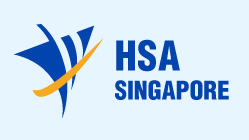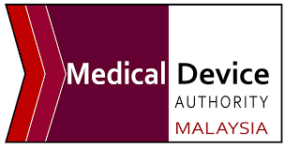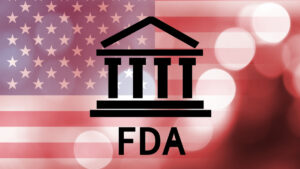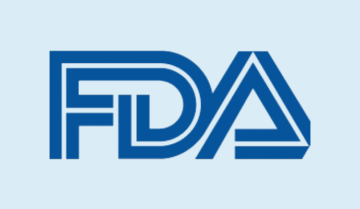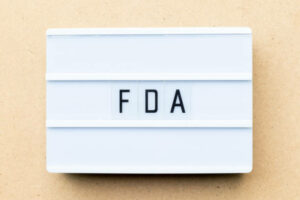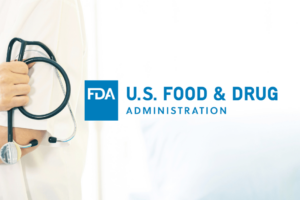The new article highlights the key points related to the specific aspects of selecting proper predicates to demonstrate compliance with the applicable regulatory requirements for the medical device in question is subject to.
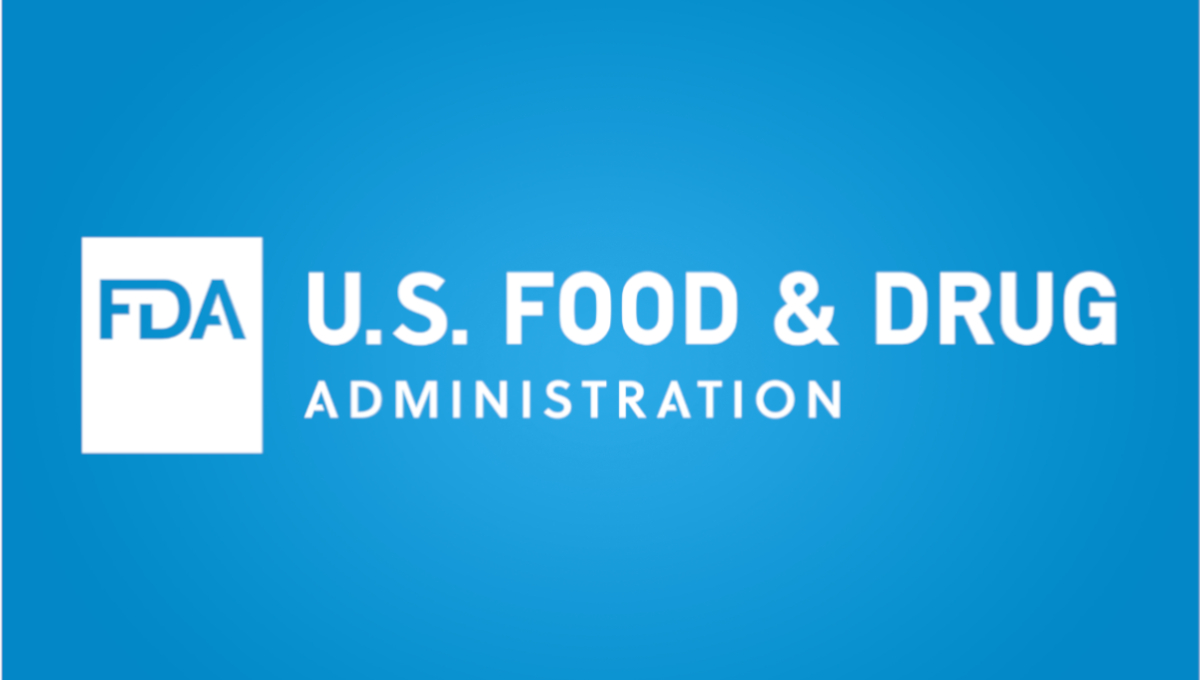
Table of content
The Food and Drug Administration (FDA or the Agency), the US regulating authority in the sphere of healthcare products, has published a guidance document dedicated to best practices for selecting a predicate device to support a premarket notification submission under the 510(k) framework.
The document provides an overview of the applicable regulatory requirements, as well as additional clarifications and recommendations to be taken into consideration by medical device manufacturers and other parties involved in order to ensure compliance thereto.
At the same time, provisions of the guidance are non-binding in their legal nature, nor are they intended to introduce new rules or impose new obligations.
Moreover, the authority explicitly states that an alternative approach could be applied, provided such an approach is in line with the relevant legislation and has been agreed with the authority in advance.
The document describes in detail different approaches and methods to be followed when selecting predicates – similar medical devices already placed on the market – to demonstrate compliance with the applicable regulatory requirements.
Selecting Predicate Devices Without Safety Issues
First of all, the authority states that when choosing a predicate device, manufacturers must ensure that the device does not have outstanding safety issues that have not been duly mitigated.
A predicate device, in this context, refers to an existing device to which a new device is compared in order to establish substantial equivalence.
The FDA recommendations are based on the intention to avoid any unnecessary risk that might arise from known issues with a predicate device.
The recommendation extends to consider “emerging signals” defined as new pieces of information becoming available during post-market and suggest a possible causal relationship between a device and adverse events.
Emerging signals could affect a single product, a type of product from various manufacturers, or different products across the industry.
These signals, once evaluated by the FDA and deemed significant enough to potentially alter patient management or the device’s benefit-risk profile, should be carefully reviewed and considered before selecting a predicate device.

Avoiding Devices with Design-Related Recalls
A critical aspect of the predicate device selection process is to avoid devices that have been subject to design-related recalls.
Recalls are actions taken to correct or remove a product from the market that violates FDA regulations and/or possesses additional safety risks that are unacceptable for such devices.
Design-related recalls, specifically, may indicate a fundamental issue related to the device’s design as initially approved.
The FDA references the design control requirements stipulated under 21 CFR 820.30, which outlines a structured approach to design that ensures devices meet specified requirements.
When a device has been recalled due to design issues, it raises concerns that the design controls may not have been properly implemented.
Even if a recalled device was previously cleared by the FDA based on substantial equivalence, relying on such a device as a predicate for future submissions is considered less unfavourable.
Improving Transparency in Predicate Device Selection
The document also highlights the commitment of the authority to improve the transparency of the predicate device selection process through the 510(k) Summary.
This document serves as a concise report detailing the safety and effectiveness of the device and is a critical part of the 510(k) submission.
It is required to be detailed enough to provide an understanding of the rationale behind the FDA determination of substantial equivalence.
The FDA has outlined what the 510(k) Summary must contain and the level of detail required. Submitters are expected to draft this summary with an explanation of how they selected the predicate device(s), ensuring that the selection aligns with the FDA’s best practices.
This approach serves to improve the predictability of the 510(k) process and to ensure that the public has access to clear information regarding how decisions are made.
In instances where a valid predicate device that complies with all the best practices is not available, the FDA requires the submitter to explicitly state this in the 510(k) Summary.
Additionally, the submitters are expected to describe the performance testing conducted to mitigate any known safety or effectiveness issues with the chosen predicate device.
This is a step towards ensuring that even in the absence of an ideal predicate, the new device has been rigorously evaluated to address any potential concerns.
Conclusion
In summary, the present FDA document is intended to guide the parties interested in placing medical devices on the US market through the applicable regulatory requirements, and also to provide additional clarifications to be considered in this respect.
The document highlights the key considerations associated with selecting proper predicates when demonstrating compliance with the applicable regulatory requirements and also describes in detail the specific methods to be used.
How Can RegDesk Help?
RegDesk is a holistic Regulatory Information Management System that provides medical device and pharma companies with regulatory intelligence for over 120 markets worldwide. It can help you prepare and publish global applications, manage standards, run change assessments, and obtain real-time alerts on regulatory changes through a centralized platform. Our clients also have access to our network of over 4000 compliance experts worldwide to obtain verification on critical questions. Global expansion has never been this simple.
Want to know more about our solutions? Speak to a RegDesk Expert today!
-->- SEO Powered Content & PR Distribution. Get Amplified Today.
- PlatoData.Network Vertical Generative Ai. Empower Yourself. Access Here.
- PlatoAiStream. Web3 Intelligence. Knowledge Amplified. Access Here.
- PlatoESG. Carbon, CleanTech, Energy, Environment, Solar, Waste Management. Access Here.
- PlatoHealth. Biotech and Clinical Trials Intelligence. Access Here.
- Source: https://www.regdesk.co/fda-guidance-on-selecting-predicates-for-510k-specific-aspects/?utm_source=rss&utm_medium=rss&utm_campaign=fda-guidance-on-selecting-predicates-for-510k-specific-aspects
- :has
- :is
- :not
- :where
- 120
- 30
- 820
- a
- About
- access
- across
- actions
- Additional
- address
- administration
- advance
- adverse
- affect
- agency
- alerts
- Aligns
- All
- already
- also
- alternative
- an
- and
- any
- applicable
- applications
- applied
- approach
- approaches
- approved
- ARE
- arise
- article
- AS
- aspect
- aspects
- assessments
- associated
- authority
- available
- avoid
- based
- BE
- becoming
- been
- before
- behind
- BEST
- best practices
- between
- by
- CAN
- carefully
- centralized
- change
- Changes
- choosing
- chosen
- clear
- clients
- commitment
- Companies
- compared
- compliance
- concepts
- Concerns
- concise
- conclusion
- conducted
- Consider
- consideration
- considerations
- considered
- contain
- context
- control
- controls
- correct
- could
- created
- critical
- critical aspect
- decisions
- dedicated
- deemed
- defined
- definitions
- demonstrate
- demonstrating
- describe
- Design
- detail
- detailed
- Detailing
- determination
- device
- Devices
- different
- document
- does
- draft
- drug
- due
- during
- effectiveness
- enhancements
- enough
- ensure
- ensures
- ensuring
- equivalence
- establish
- evaluated
- Even
- events
- existing
- expansion
- expected
- expert
- experts
- explanation
- explicitly
- extends
- fda
- followed
- food
- Food and Drug Administration
- For
- Framework
- from
- fundamental
- future
- GIMP
- Global
- global expansion
- guidance
- guide
- Have
- healthcare
- help
- highlights
- holistic
- How
- HTTPS
- ideal
- if
- implemented
- impose
- improve
- in
- indicate
- industry
- information
- initially
- instances
- Intelligence
- intended
- Intention
- interested
- into
- introduce
- involved
- issue
- issues
- IT
- jpg
- Key
- Know
- known
- Legacy
- Legal
- Legislation
- less
- Level
- Line
- made
- manage
- management
- management system
- Manufacturers
- Market
- Markets
- max-width
- May..
- MDR
- medical
- medical device
- medical devices
- Meet
- methods
- might
- Mitigate
- more
- must
- Nature
- network
- never
- New
- nor
- notification
- obligations
- obtain
- of
- on
- once
- or
- order
- Other
- our
- outlined
- outlines
- outstanding
- over
- overview
- part
- parties
- patient
- performance
- Pharma
- pieces
- placed
- placing
- platform
- plato
- Plato Data Intelligence
- PlatoData
- points
- possesses
- possible
- potential
- potentially
- practices
- Prepare
- present
- previously
- process
- Product
- Products
- Profile
- proper
- properly
- provide
- provided
- provides
- public
- publish
- published
- question
- Questions
- raises
- rationale
- real-time
- Recommendation
- recommendations
- references
- refers
- regarding
- regulating
- regulations
- regulatory
- related
- relationship
- relevant
- relying
- remove
- report
- required
- Requirements
- requires
- respect
- reviewed
- Risk
- risks
- rules
- Run
- s
- Safety
- same
- selected
- selecting
- selection
- serves
- should
- signals
- significant
- similar
- Simple
- single
- Solutions
- Source
- speak
- specific
- specifically
- specified
- Sponsored
- standards
- State
- States
- Step
- structured
- subject
- submission
- Submissions
- substantial
- such
- suggest
- SUMMARY
- support
- system
- taken
- Testing
- that
- The
- their
- they
- this
- Through
- time
- timelines
- to
- towards
- Transparency
- type
- under
- understanding
- us
- used
- valid
- various
- Verification
- want
- was
- WELL
- What
- when
- which
- with
- without
- worldwide
- you
- zephyrnet

